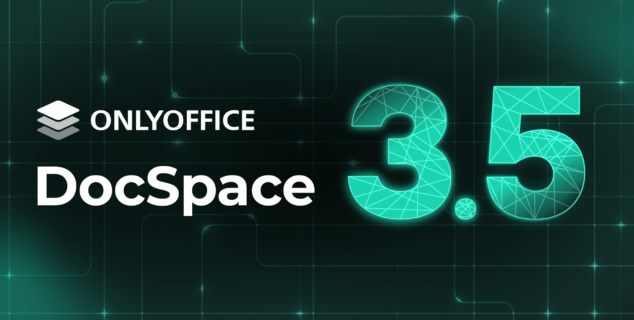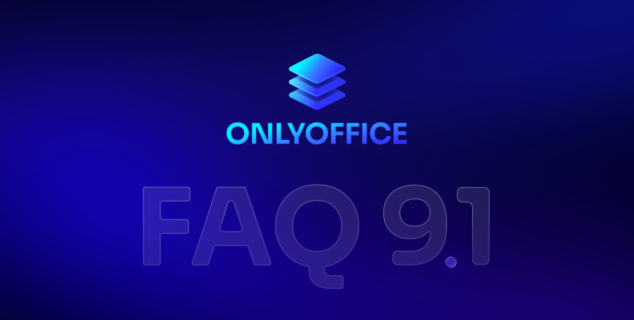What is the hardest language to learn?
What makes a language hard to learn? It turns out the question is more complex than it seems. Despite this subjectivity, certain languages present unique challenges that make them particularly tough for most learners. In this article, we’ll explore what really makes a language difficult — beyond clichés — and look at examples that push the limits of human linguistic ability.
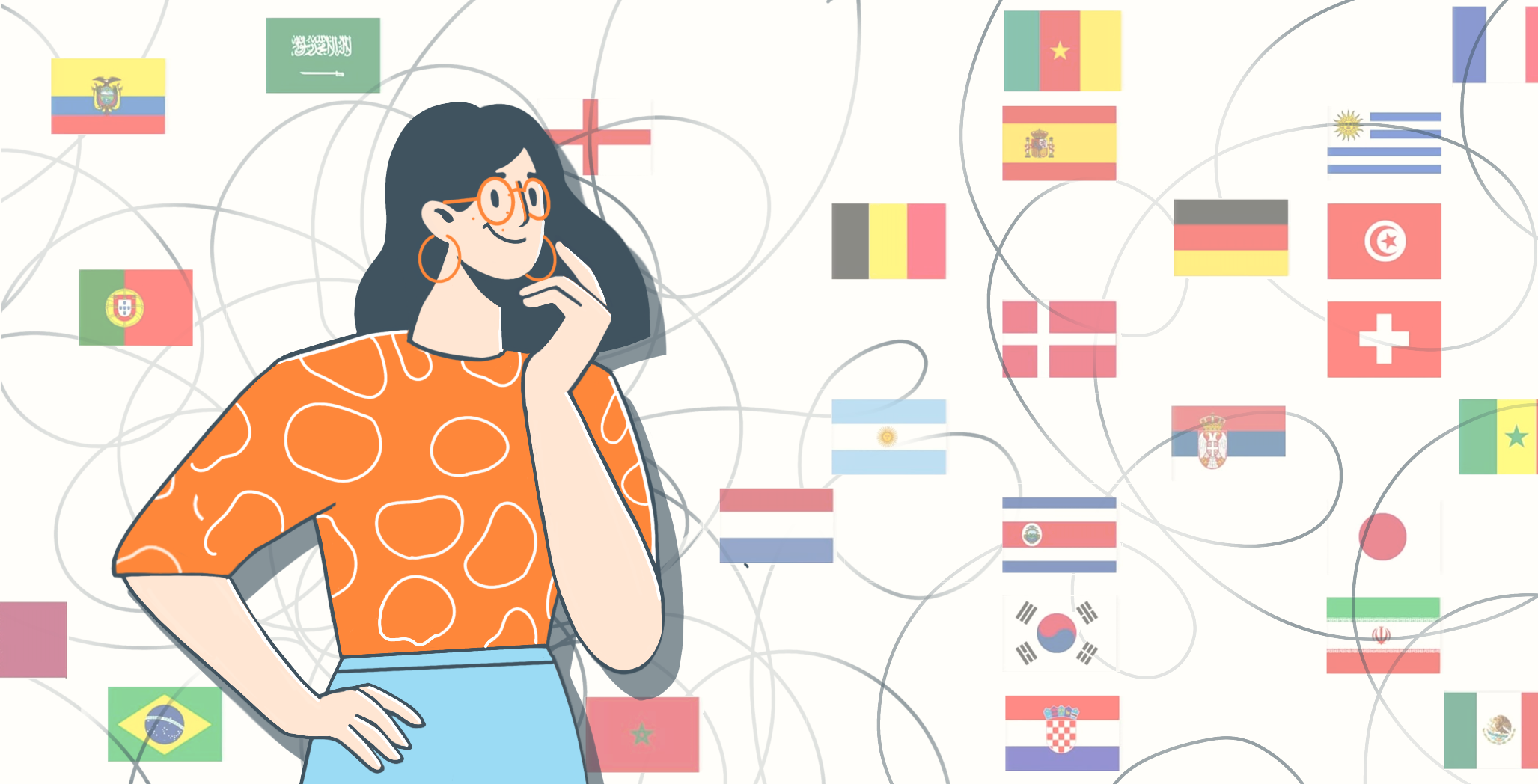
According to Noam Chomsky’s theory of Universal Grammar, all humans are born with an innate predisposition for language acquisition. This inborn mechanism isn’t specific to any one language. Instead, it consists of universal principles and rules that make it possible for anyone to learn any human language.
While still a theory and the subject of debate, it offers a useful way to understand why language learning is such a fundamental human skill. Yet, even with this natural predisposition, some languages remain significantly more difficult to learn than others.
The illusion of a simple answer
When people ask what the hardest language to learn is, the conversation often drifts toward the usual suspects — Chinese, Arabic, or Russian — usually because of unfamiliar scripts or perceived complexity. But learning a language is far more nuanced than that. It depends not only on the language itself, but also on who is learning it and why.
Let’s explore the real factors that make a language difficult, go beyond the clichés, and take a closer look at some lesser-known but objectively challenging languages.
Language difficulty is relative
The hardest language for you might be relatively easy for someone else. Why? Because the main factor that influences language difficulty is your native language.
A Spanish speaker will likely find Portuguese or Italian easy to learn due to structural and lexical similarities. However, that same Spanish speaker might struggle significantly with Korean or Finnish.
So before we talk about hard languages, it’s important to say: difficulty is relative.
What actually makes a language hard?
Not all difficulties are created equal. Let’s break down the elements that contribute to a language’s complexity:
- Phonology: Unfamiliar sounds, tones, or consonant clusters can make pronunciation and listening comprehension tricky.
- Grammar: Some languages have layers of case systems, verb conjugations, or honorifics that add grammatical load.
- Morphology: Agglutinative or polysynthetic languages can build long, compound words packed with meaning.
- Syntax: Word order and sentence structure may be radically different from what a learner is used to.
- Lexicon: Some languages have vocabulary that bears no resemblance to Indo-European roots, offering few clues.
- Sociolinguistic features: Register, formality, and cultural context often shape how and when certain forms are used.
Outside the boundaries of language: When the mind gets in the way
Linguistic challenges come in many forms. Sometimes, the biggest challenge is internal.
Many learners face emotional or psychological barriers that slow their progress or even prevent them from starting altogether. These blocks are often invisible, but very real — and they can make a language feel “hard” regardless of its actual structure.
Common emotional obstacles:
- Fear of failure or embarrassment, especially with pronunciation or speaking
- Perfectionism, which leads to paralysis when making mistakes
- Negative associations, such as traumatic experiences or cultural bias linked to a specific language
- Lack of confidence, particularly in adult learners or people with poor school experiences
- Overwhelm, caused by pressure to achieve fluency quickly or keep up with others
The mind is part of the learning process. Recognizing and addressing these blocks can make a huge difference in motivation and retention.
A few examples beyond clichés
While it’s true that no language is universally hard for everyone, some languages are consistently challenging for most learners — and yet they rarely get mentioned in mainstream discussions. These languages push the boundaries of what many expect when thinking about language learning difficulty.
Let’s have a look at a few examples.
Georgian: A true linguistic puzzle
Georgian, the official language of Georgia, is often overlooked in difficulty rankings — unfairly so.
Spoken in the Caucasus region for millennia, Georgian is one of the oldest continuously spoken languages in the world — and one of the most unique. It belongs to the Kartvelian language family, which has no known relatives outside the region, making it a linguistic isolate in practical terms. Its ancient literary tradition dates back to the 5th century, and remarkably, it uses its own original script — Mkhedruli — one of only a handful of scripts in the world that developed independently.
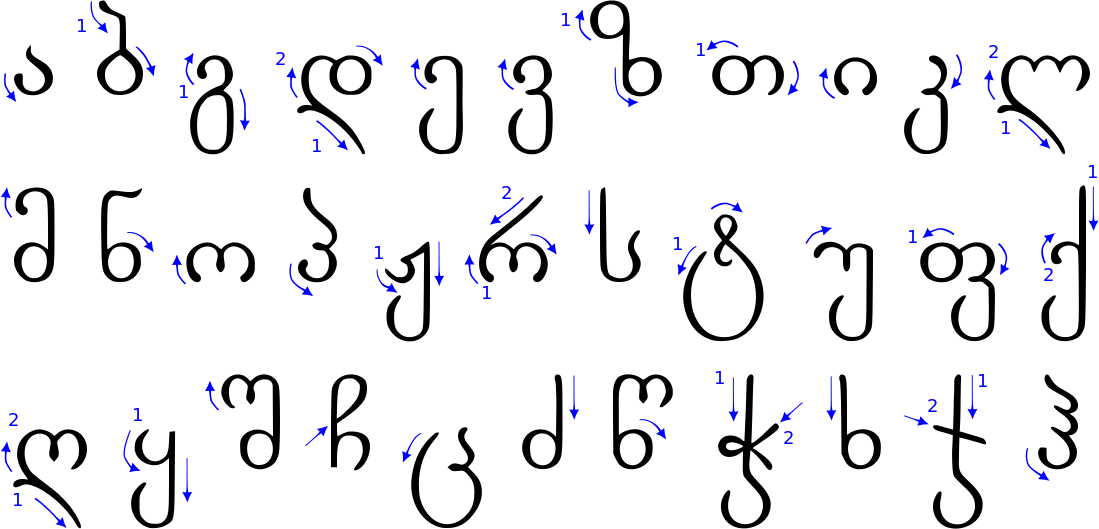
From a learner’s perspective, Georgian presents a fascinating but formidable challenge. First, it allows for complex consonant clusters that can be intimidating even to pronounce — take gvprtskvni, meaning “you peel us” (yes, I know, you will hardly ever need this one) as an example. Words like this are not outliers, but a regular feature of the language.
This South Caucasian language has:
- An ergative-absolutive alignment (meaning a non-standard way of handling subjects and objects grammatically)
- A complex verb system with extensive use of preverbs and polypersonal agreement
But has no…
- Grammatical gender and definite or indefinite articles. This might sound like a simplification, but it removes important contextual clues
While the alphabet is not inherently hard to learn (it’s phonetic), Georgian’s grammar and morphology present a serious challenge for anyone unfamiliar with Caucasian languages.
Hungarian: Where logic meets exception

Hungarian belongs to the Uralic language family and stands apart from most European languages. Its grammar is rich and structured but filled with exceptions that can confuse learners.
One of its most challenging features is its 18 grammatical cases, each with specific uses for expressing spatial, temporal, and relational meanings. Hungarian is agglutinative, meaning it attaches suffixes to roots to convey detailed nuances, resulting in very long and precise words.
The language also uses vowel harmony, a system where vowels within a word harmonize to maintain phonetic consistency, affecting suffixes and pronunciation.
Other difficulties include:
- Cases can reach up to 35 when including those applied to prepositions
- A vocabulary that’s distant from most European languages
- Complex verb conjugations
Hungarian is extremely logical — once you understand the patterns, it’s consistent. But reaching that point takes time, patience, and lots of practice.
Navajo: A masterclass in polysynthesis
Navajo, an indigenous language spoken mainly in the southwestern United States, is often considered one of the most difficult languages to learn in the world. Its complexity, however, doesn’t come only from the scarcity of learning resources: it demands a complete rethink of how sentences are constructed.
Navajo’s verb structure is extremely intricate: a single verb can contain an entire sentence, with prefixes indicating who performs the action, on whom or what it is performed, when it happens, and in what manner. These elements must be arranged in a strict order, and a small change can completely alter the meaning. Moreover, verbs are not chosen just based on the action but also according to the shape of the object involved: there are different verbs for “carrying” a round object, a flexible object, a liquid, or multiple objects.
Finally, the vocabulary reflects a worldview deeply connected to nature and spirituality. Many concepts are hard to translate because they are not just words but cultural representations.
Navajo’s main features include:
- Noun order primarily determined by animacy: more “alive” or human-like nouns tend to appear before less animate ones in a sentence
- Verb-first sentence structure and complex verb forms
- Tones and nasal vowels that can change meaning
- Limited mutual vocabulary with popular languages
During World War II, Navajo was used as an unbreakable military code. That gives a sense of its structural uniqueness.
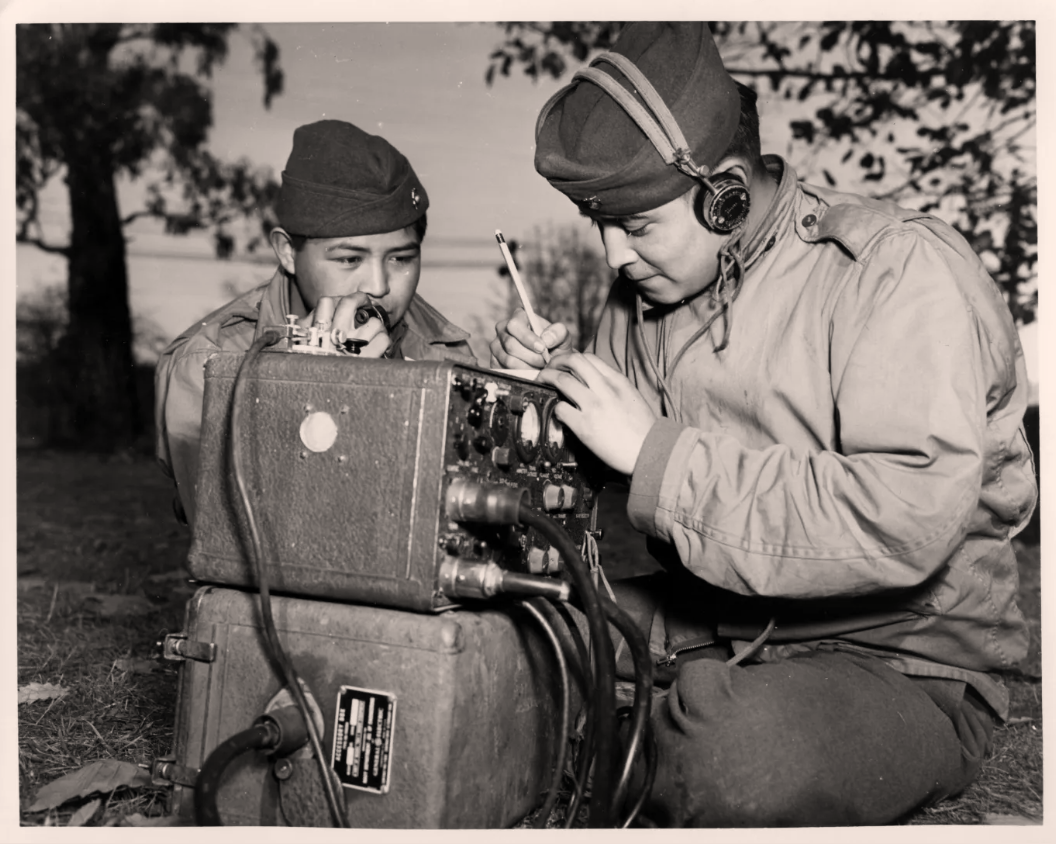
Icelandic: Ancient, preserved, and powerful
Often described as a linguistic time capsule, Icelandic has preserved many features of Old Norse that have disappeared from other Scandinavian languages. It has changed very little since the Viking Age, and while that’s great for reading sagas, it’s a nightmare for learners.

Grammar is complicated by a detailed verb system and the presence of cases that are applied to nouns, pronouns, and adjectives, but pronunciation poses another hurdle. Although Icelandic uses the Latin alphabet, it includes several unfamiliar letters like þ (thorn) and ð (eth), with sounds not found in most languages. Moreover, the language is rich in diphthongs and vowel shifts, and stress patterns don’t always align with what learners might expect.
Finally, Icelandic has a strong tradition of linguistic purism. Instead of borrowing foreign words, it often coins new terms from Old Norse roots — meaning even modern concepts like “computer” (tölva) or “telephone” (sími) look completely unfamiliar.
This language is characterized by:
- Highly inflected grammar, with four cases and many irregularities
- Archaic and compound words that require decoding
- A rigid syntactic structure despite some word order flexibility
Icelandic is close enough to other Germanic languages (especially Old Norse and German) to be slightly more accessible — if you have a relevant linguistic background.
Oral-only and unstandardized languages: When the challenge is access
Some of the hardest languages to learn aren’t those with difficult grammar or pronunciation — but those with no formal structure at all. Thousands of languages across the world exist without a writing system, standardized grammar, or even reliable learning materials.
These are languages spoken by small, often remote communities, many of which are endangered or undocumented. Examples include Arctic indigenous languages, non-codified dialects spoken in rural parts of Italy and the Middle East, oral languages with unique modalities such as whistled languages (e.g., Silbo Gomero) or click languages of southern Africa.
The challenge here is not linguistic complexity, but practical inaccessibility. Why they’re hard:
- Lack of learning resources: No textbooks, no grammar guides, no online courses.
- No standardized writing system: You can’t Google a word or check a translation — there’s no corpus to search.
- High regional variation: Dialects may differ even between neighboring villages, with no unified form to learn.
- No official status: These languages often aren’t taught in schools or recognized in public life, making them invisible in formal education.

Learning one of these languages often requires deep immersion, extended interaction with native speakers, and sometimes even linguistic fieldwork. You’re not just learning a language — you’re helping preserve a cultural identity.
Why learning any language is possible (with the right tools)
Even the “hardest” languages become manageable with consistent practice, exposure, and — crucially — the right tools. Using an office suite like ONLYOFFICE, learners and teachers can:
- Create and share interactive language worksheets
- Use built-in plugins like dictionaries and translators
- Collaborate on multilingual projects in real time
- Manage tasks and notes in a structured way using templates or a digital planner
ONLYOFFICE is also highly flexible: you can integrate it with popular educational platforms and learning management systems (LMS) like Moodle, Chamilo, OpenOlat, and others. This makes it easier to bring language learning resources, assignments, and collaboration tools into one centralized digital environment — ideal for both in-person and remote classrooms.
Bonus tip: AI to overcome emotional block
For many learners, especially those dealing with anxiety or low confidence, speaking with real people can feel intimidating. The fear of being judged for mispronunciations, grammar mistakes, or simply “not sounding fluent enough” can create a mental barrier that blocks progress.
This is where AI-powered tools can make a big difference.
With conversational AI — such as chatbots, language tutors, or virtual assistants — learners can practice speaking and writing without pressure or embarrassment. These tools provide a judgment-free environment where it’s okay to make mistakes, repeat exercises, or experiment with new vocabulary. It’s like having a patient, always-available partner who never interrupts or corrects too harshly.
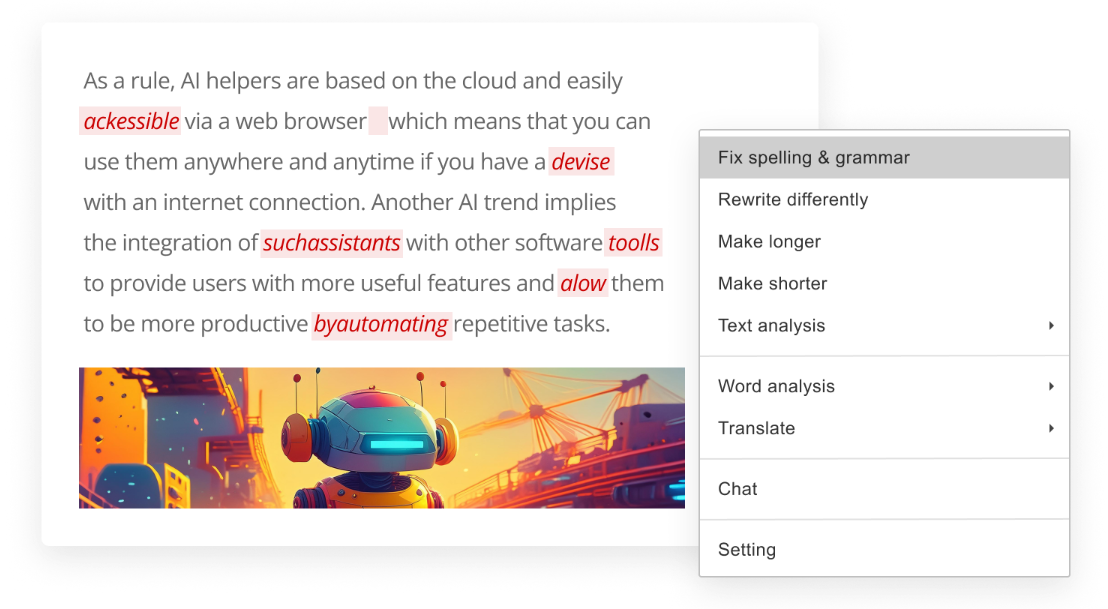
ONLYOFFICE, for instance, offers an integrated AI plugin that can be used for real-time writing assistance, translations, and grammar suggestions — making it easier to practice and refine language skills directly within your documents.
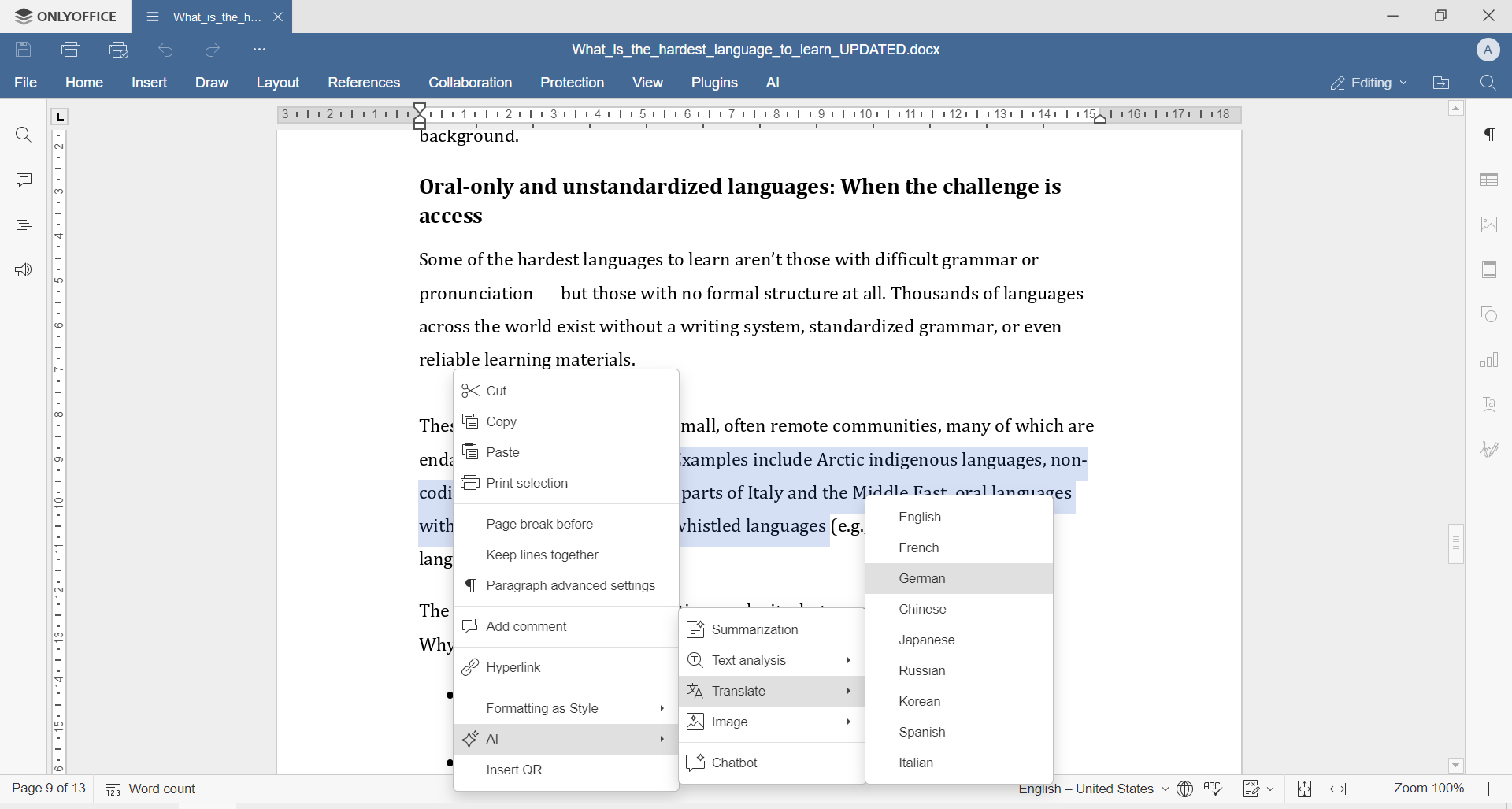
AI can help you build confidence in private, so that when you’re ready to speak with real people, the emotional block is no longer in the way.
Learning a complex language takes time, but with the right digital environment, the process becomes more efficient and motivating.
Final thoughts
So, what’s the hardest language to learn? As we’ve seen, the answer isn’t simple. But one thing is clear: while some languages may seem almost impossible at first glance, no language is truly unlearnable.
With the right mindset, a consistent method, and the right tools, any language becomes within reach.
Learning a language is never easy, but it’s always worth it. Stay curious, stay patient, and don’t be afraid to make mistakes. Every word you learn is a step closer to understanding another world.
Create your free ONLYOFFICE account
View, edit and collaborate on docs, sheets, slides, forms, and PDF files online.

